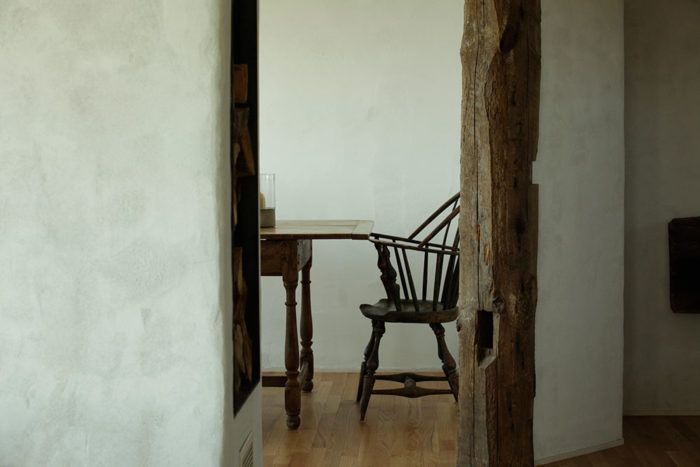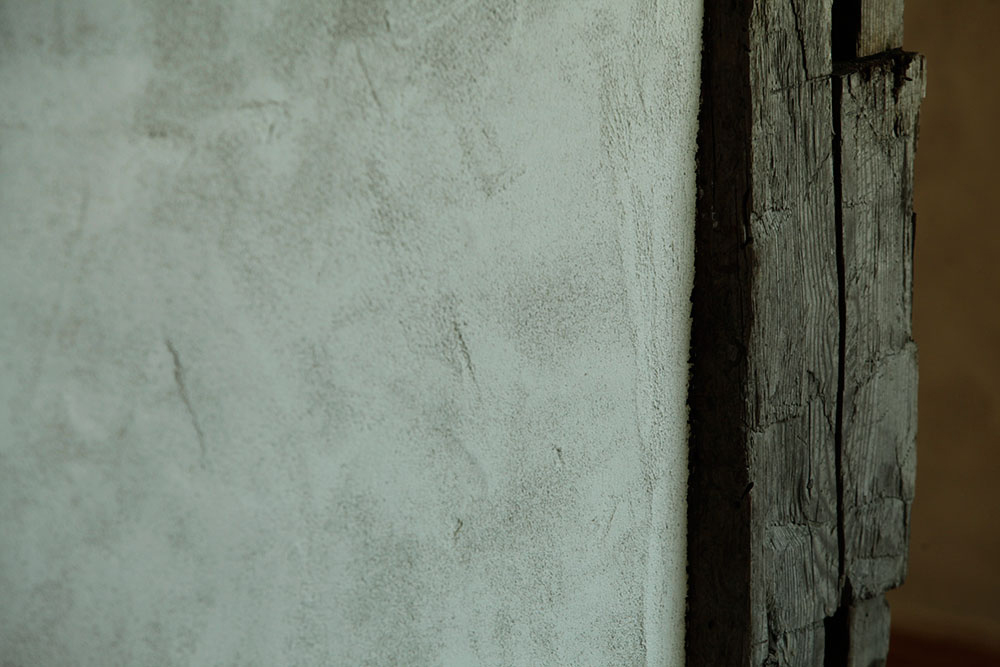Add Color to Lime-Plaster Walls
There’s more than one way to color lime plaster.

Plain old lime plaster is pretty striking on its own. Lime has a high index of refraction, which means it can bend light sort of like a prism. This characteristic makes the plaster emit a subtle glow when light hits it, causing the color and brightness to shift throughout the day.
It’s a cool feature of the material, but white, kaleidoscopic walls aren’t everybody’s cup of tea. Fortunately, there are lots of ways to add color to lime plaster—some of which preserve its refractive traits.
In “A Hybrid Approach to Lime Plaster” (FHB #278), the author used limestone sand in the plaster mix. The nearly white sand, combined with the naturally white lime, results in a plaster that is pleasantly bright. Using darker or naturally colored sands can drastically change the look of the plaster. That’s color option one.
A more controlled way to color lime plaster is to add pigments to the plaster mix. Pigments come in all kinds of colors, both natural and synthetic. With this method, the color is added as the plaster is mixed, and it becomes infused throughout the material. A benefit of this is that, if the wall were to ever get dinged (which isn’t extremely likely—lime plaster turns into limestone as it cures), the plaster behind it is the same color as the rest of the surface. On the downside, it can be difficult to match one batch of plaster to the next, and pigments can be expensive. It can take dozens of batches to cover the interior walls of a house.
To get more consistent coloring at a lower cost, tinted lime washes do the trick. Lime wash—or whitewash—is just a mix of lime and water, and it bonds to lime plaster exceptionally well, filling in the small voids between sand grains and evening out the finish. Adding pigments to the wash opens up a vast palette of colors, and it’s easy to control the tint and saturation this way. Pigments go a lot further in a wash than in the plaster mix, where the majority of the color will never be seen. And because lime washes are lime based, they preserve the plaster’s refractive qualities.
Note that not all pigments react the same when mixed with lime. Lime’s alkalinity can alter the color of some pigments. Make sure the pigments used in the mix or the wash are lime-fast.
If preserving that glow isn’t important, milk and clay paints also work well with lime plaster, as does latex paint. Any of these can be brushed and rolled on, just like painting drywall. The drawback is that paint is likely to hide more of the plaster’s texture than a lime wash. Latex paint also torpedoes the plaster’s vapor permeability.
For more on plastering:






